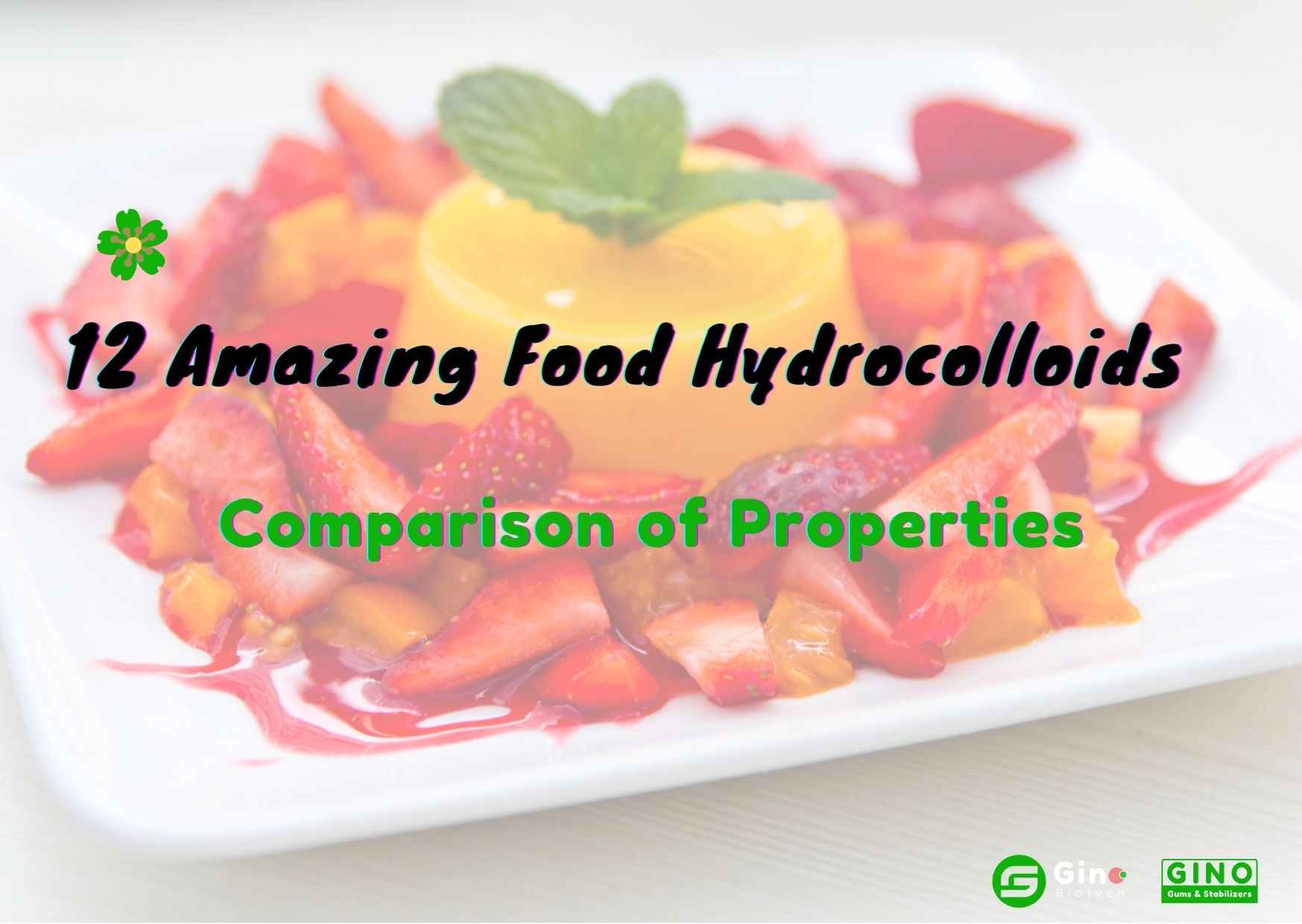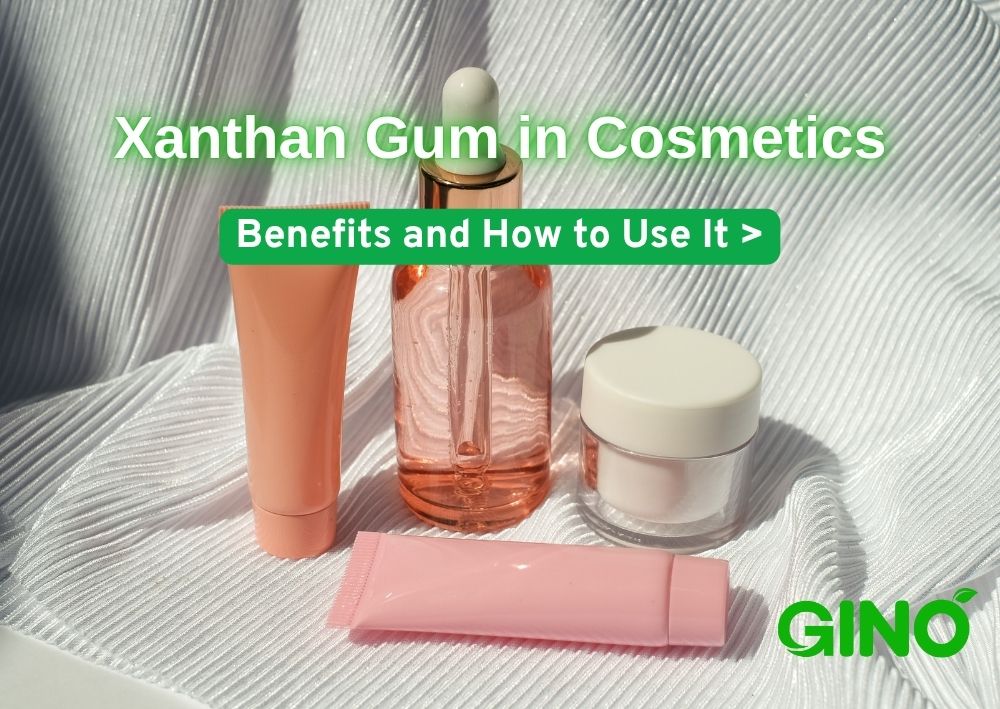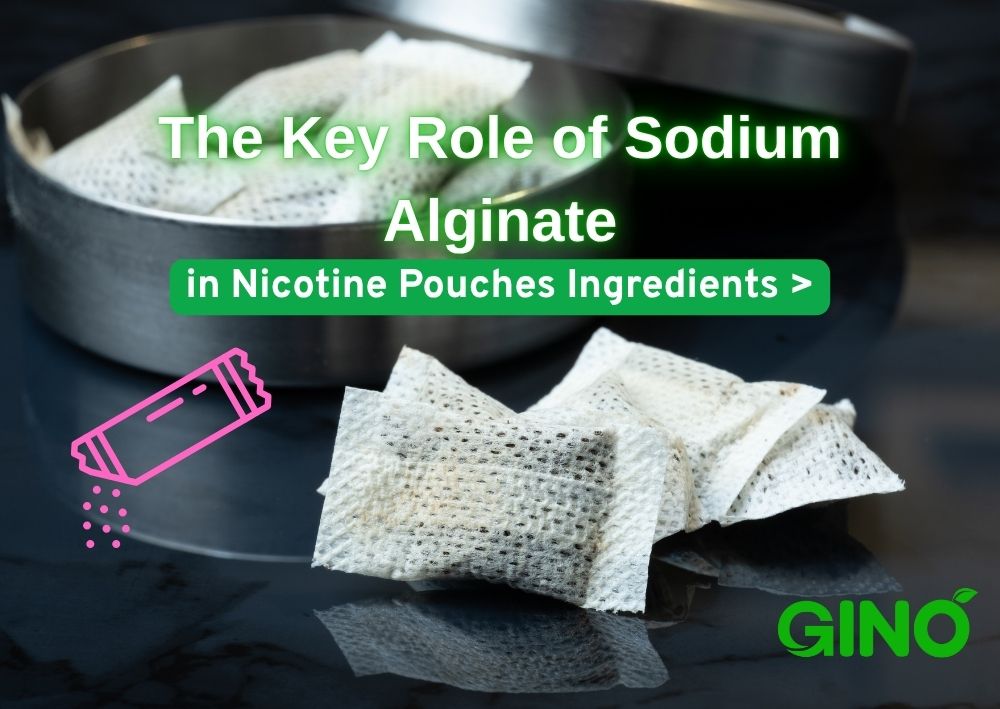
知っておきたいカラギーナンとこんにゃくガムの4つの大きな違い
カラギーナンとこんにゃくガム
要旨
カラギーナンとこんにゃくガムはどちらも天然の食品添加物であり、アイスクリーム、ゼリー、ソフトキャンディー、その他の食品のゲル化剤としてよく使用される。
これら2つの食用ガム/ハイドロコロイドは、一方は自生植物から、もう一方はシークワーサー由来の植物から採取されたもので、ゲル化剤としてよく使用されるが、それぞれ構造や性質に特徴がある。
カラギーナンとこんにゃくガムの違いをご存知ですか?
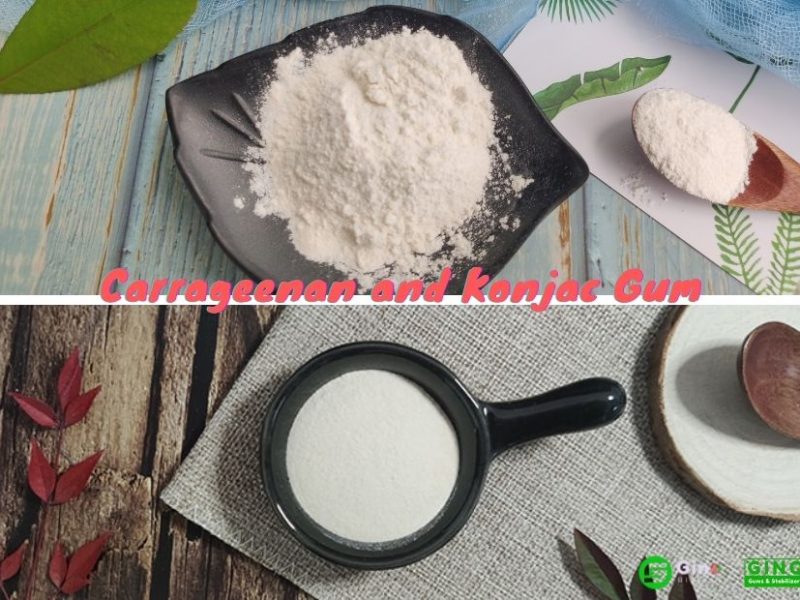
No.1 さまざまな情報源
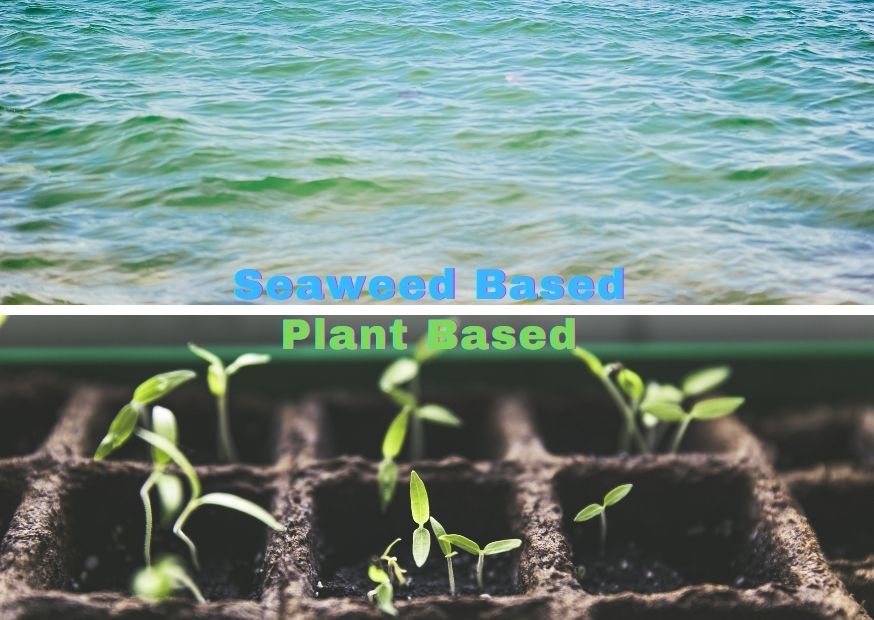
- カラギーナンは海洋植物に由来し、Eucheuma (kappaphycus)、Chondrus、Gigartina、Hypnea種の海藻から抽出される親水性ゲルで、海藻ベースのハイドロコロイドに分類される。
こんにゃくガムは自生する植物に由来し、植物性ハイドロコロイドに属するテンナンショウ科こんにゃく属のこんにゃくから作られる。
No.2 異なる構造
カラギーナンはD-ガラクトピラノースを主構造とし、硫酸金属塩とエンドエーテルガラクトースが交互に結合した直鎖ポリマーである。
グルコマンナンはD-マンノースとD-グルコースのポリマーである。
No.3 異なる特性
カラギーナンによって形成されるゲルは熱可逆性である。すなわち、カラギーナン溶液を冷却するとゲルが形成され、加熱するとゲルが溶け、その後冷却するとゲル状態に戻る。
こんにゃくガムに含まれるグルコマンナンは、アルカリ性条件下で高強度の熱不可逆性ゲルを形成することができ、一度ゲルが形成されると加熱しても溶けることはない。
No.4 両方の欠陥
カラギーナン・ジェルは弾力性がなく、もろく、壊れやすい。シネレシス".
カリウムやカルシウム血漿の存在下でゲル化に必要な濃度が低く、透明性が良いという利点があるが、これらの欠点により用途が制限されている。
こんにゃくガムのゲル化条件は難しく、ゲル化するためには2%以上の濃度とpH>9(強アルカリ性)が必要である。また、ゲルを形成するためにはこんにゃくガムを多量に添加する必要があり、アルカリ性食品に使用すると塩味や渋味が強くなり、味も良くないので人気がない。
- シナジー効果
こんにゃくガムにもカラギーナンガムにもそれぞれ欠点があるが、両者には強い相乗効果がある。
中性および酸性条件下で、カラギーナンとこんにゃくガムを適切に配合することにより、弾力性のある熱可逆性ゲルを形成することができる。
また、形成されたゲルは、ゲル化剤が少なくて済み、ゲル強度が高く、低シネレシス率などの特徴を有し、食品産業での応用価値が高い。

結論
上記の内容は、カラギーナンとこんにゃくガムの出所、構造、性質などの違いを簡単に比較したものに過ぎない。 製品詳細ページ またはスタッフにご相談ください。
あなたはそうかもしれない 興味あり
最近の投稿
グルコマンナンこんにゃくカプセルの登場:クリーンで便利、そして自然に効果的。
会社概要
より健康的な生活のために植物由来のガム&スタビライザーを提供することを使命として、ジーノガム&スタビライザーは2018年に設立された。
私たちは、様々な種類の植物性ハイドロコロイドと安定化溶液システムに焦点を当てています。

